Blogs Related Mining Equipment, Projects & Process Plants
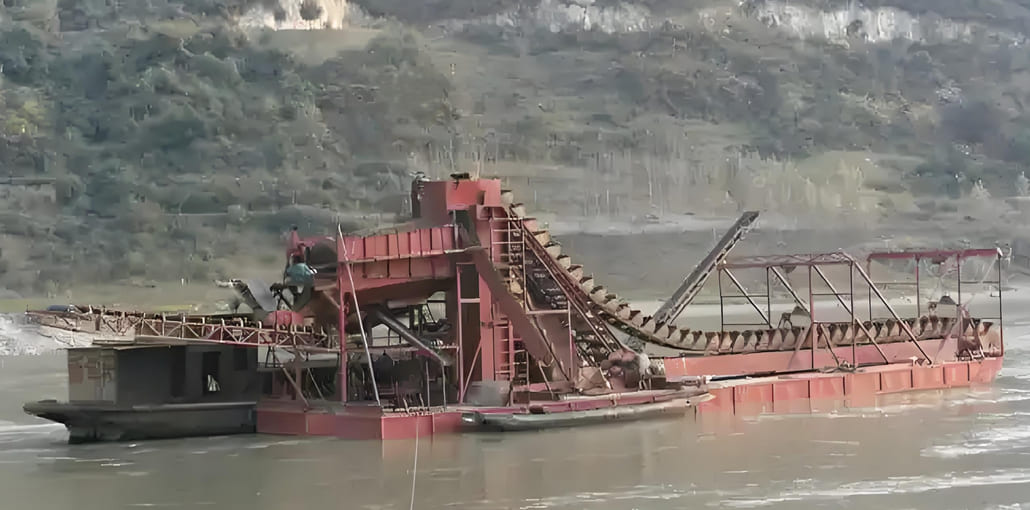
How to Choose a Suitable Jig Machine When There is Not Enough Space on The Sand Dredgers?
Space on sand dredgers is limited, yet efficient mineral processing is necessary. The right jig machine makes all the difference between wasted potential and smooth operation. This guide shows you the smart solution for tight spaces. Choosing a Circular Jig solves space constraints on sand dredgers. Its compact annular design
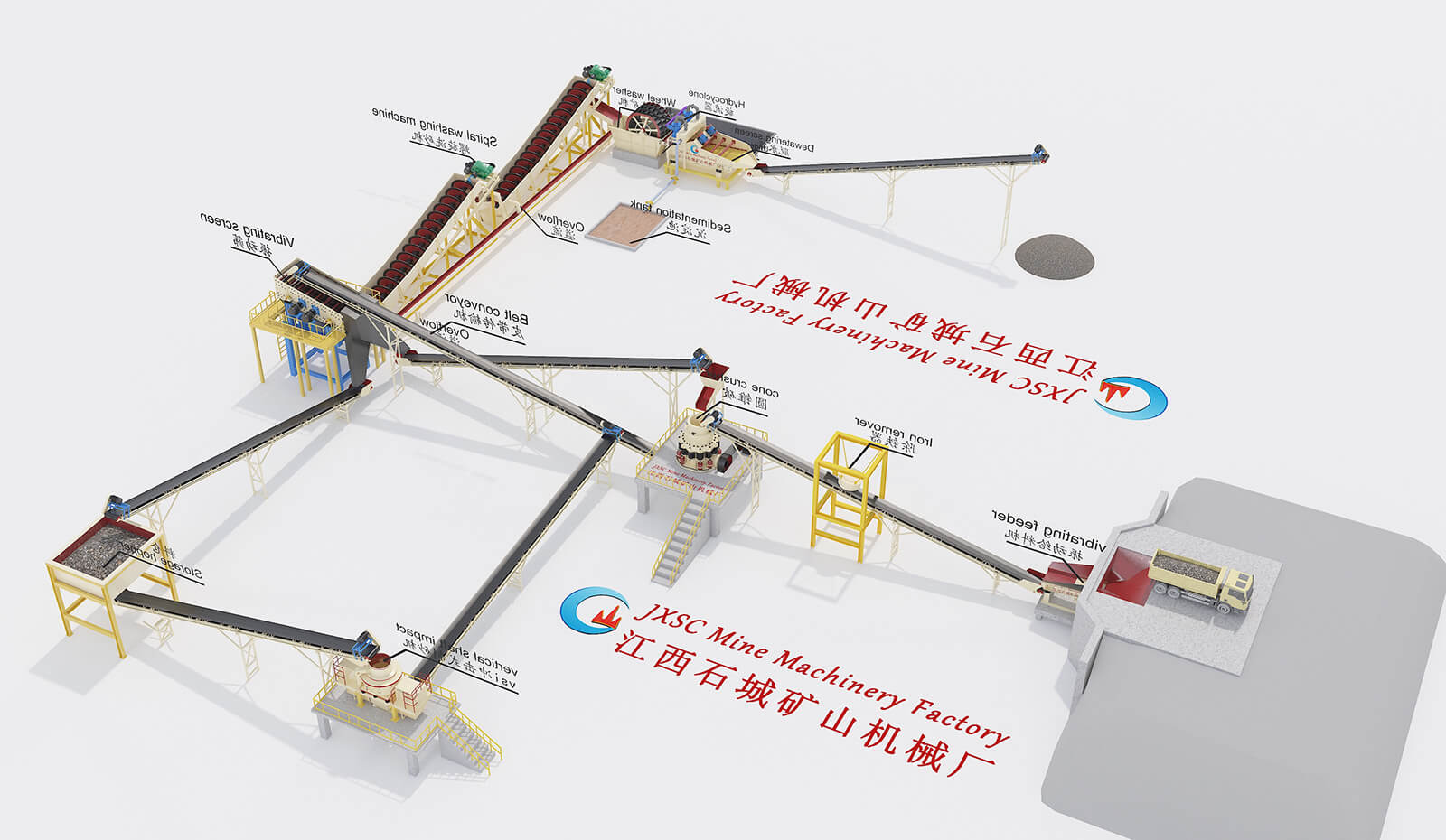
JXSC Customized 100 TPH Sand Making Plant
The increasing demand for high-quality construction materials has made manufactured sand (M-sand) a sustainable and efficient alternative to natural river sand. A 100-ton-per-hour (TPH) sand-making plant is an ideal solution for mid- to large-scale sand production, offering automation, consistent output, and environmental benefits. 100 TPH Sand Making Plant JXSC, a
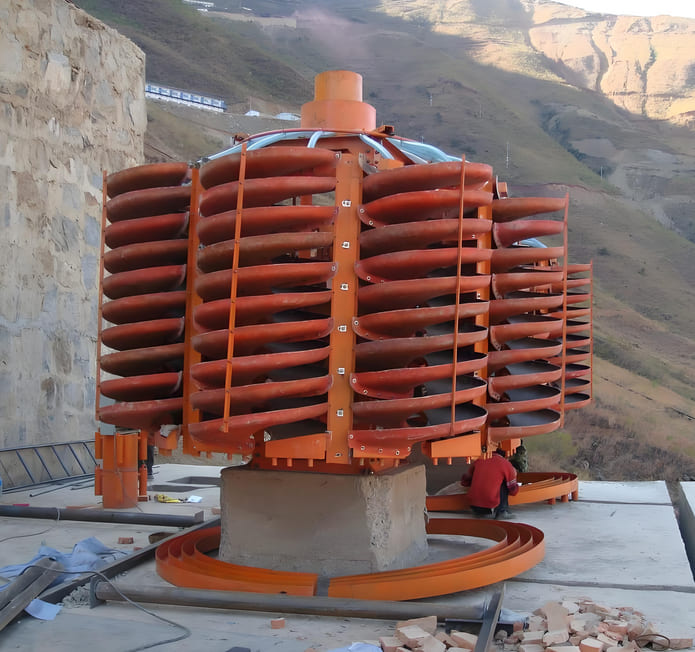
Factors Affecting The Separation Effect of Spiral Chute & How to Optimize it?
The beneficiation effect of the spiral chute directly affects the technical and economic indicators of the beneficiation production line. Its separation efficiency determines the concentrate grade, metal recovery rate, and stability of the overall process. Good separation effect (such as optimizing pitch, concentration, and flushing water) can improve the grade
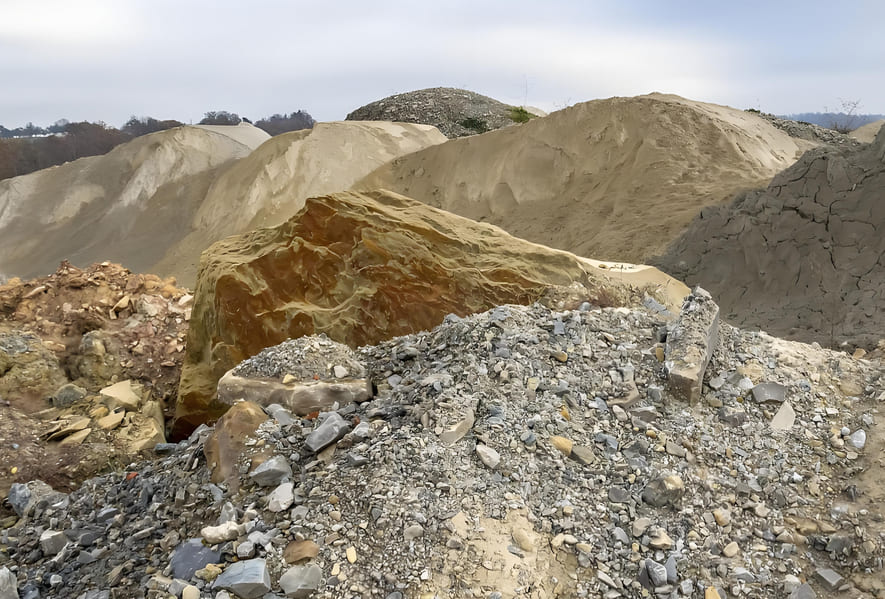
What Is the Difference Between Ore and Waste Rock?
In mining, every scoop of material costs money to dig, haul, and process. Yet only certain rocks contain valuable minerals. How do professionals tell the difference between valuable ore and worthless waste rock? Ore contains economically valuable minerals that can be profitably extracted. Waste rock has too little mineral content
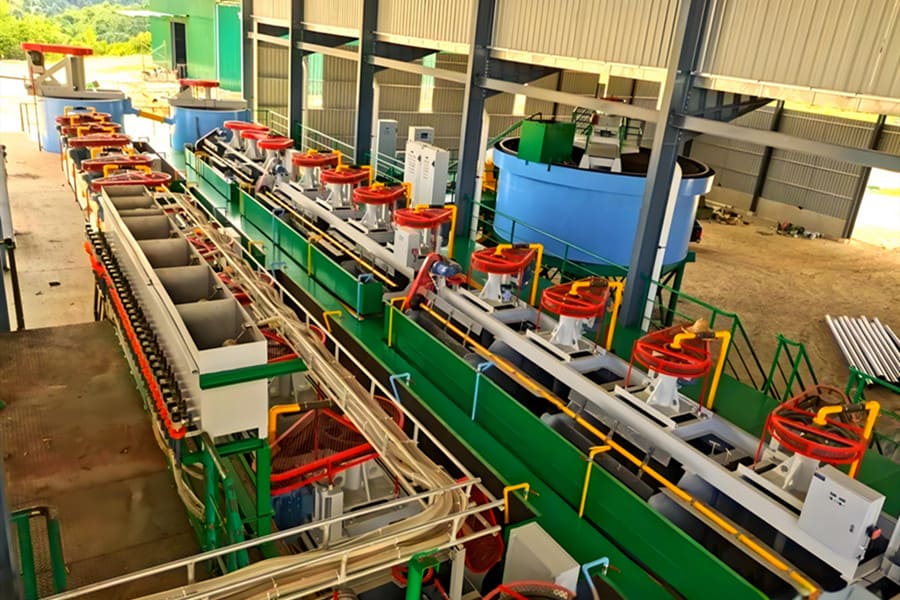
Enhancing Recovery Rates in Polymetallic Ores Processing
Polymetallic ores also known as multimetal ores, refer to ores containing metals such as copper, zinc, lead, gold, and silver, which play an important role in industrial production and economic construction. However, in the mining and beneficiation process of polymetallic ores, there are problems such as complex ore composition, variable properties, and low
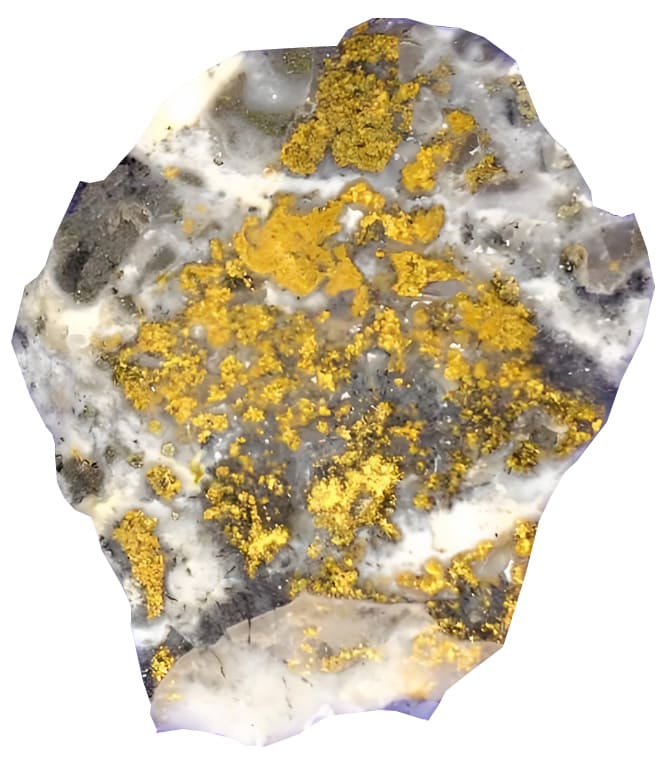
6 Factors in Determining Gold Ore Processing Flow
The determination of a gold ore processing flow is a comprehensive engineering project that requires consideration of six key factors to achieve the optimal balance of technical feasibility, economic viability, and environmental friendliness. This process involves an in-depth understanding of ore characteristics, selection of appropriate mineral processing technologies, assessment of economic
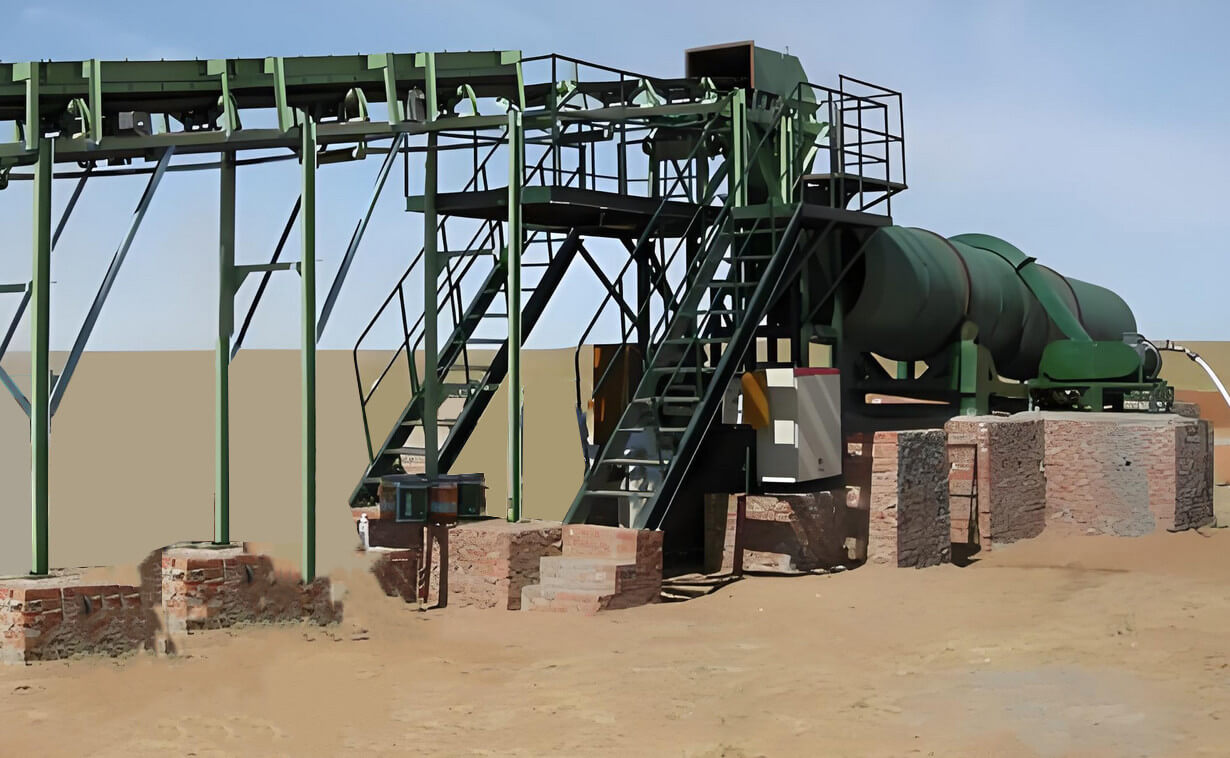
Core Components and Regional Adaptations of Heap Leaching Systems In China
Heap leaching has emerged as one of the most economically viable methods for extracting metals from low-grade ores in the mining industry worldwide, with China adopting and adapting this technology to its diverse geological and climatic conditions. This extraction process, which involves percolating leaching solutions through ore piles to dissolve
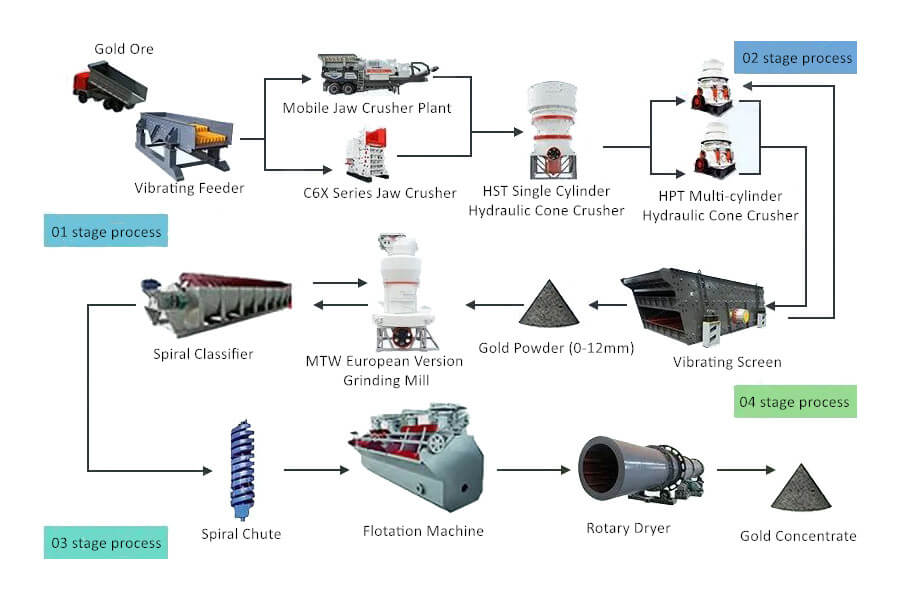
Understanding the Core Process of Gold Ore Dressing for Maximum Recovery
Mining operations lose millions yearly due to inefficient gold recovery. Modern processing plants now achieve over 95% recovery rates through optimized mineral liberation and separation. Gold ore processing relies on four core systems working together: crushing/pre-sorting, grinding/classification, separation processes, and metal recovery. Each stage must be precisely calibrated to the
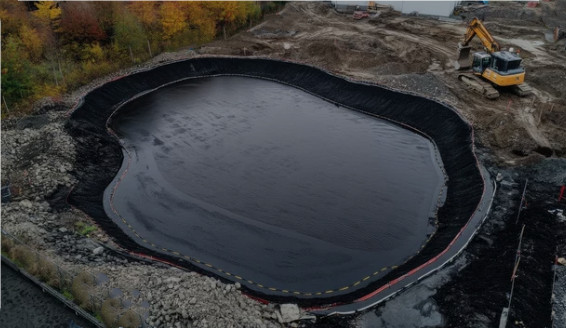
How To Design And Optimize The Heap Leaching Process?
Heap leaching is a widely used technique in mining that can impact efficiency. Understanding how to design and optimize a heap leaching process is crucial. And if you get design indicators and process conditions wrong, it can lead to significant losses and inefficiencies. To determine heap leaching design indicators, assess factors
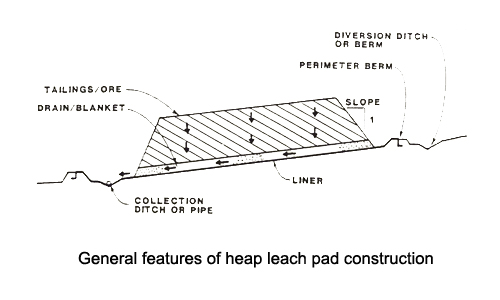
Does Terrain Affect Heap Leaching Facilities?
The arrangement and design of heap leaching facilities are critically dependent on terrain characteristics. Ignoring the site’s topography and geology can lead to significant operational inefficiencies, increased costs, structural instability, and severe environmental risks. Why Terrain Characteristics Are So Important? Slope and Stability Heap Stability: The natural slope of the
